
A top Vale of Glamorgan Council official holds a prominent position at a company behind plans to develop a multi-million-pound energy park.
Marcus Goldsworthy is the director of place at Vale of Glamorgan Council, which is the team responsible for the local authority’s planning functions.
He is also one of a number of executive directors at Cardiff Capital Region Energy (CCR Energy) - the company behind plans to transform Aberthaw Power Station into a renewable energy park.
Cardiff Capital Region (CCR), a partnership of 10 councils in southeast Wales, completed its purchase of the site two years ago and demolition work on the old power plant is currently under way.
In a joint statement, CCR Energy and the Vale of Glamorgan Council said: "We can confirm that Marcus Goldsworthy continues in his role as director of place at Vale of Glamorgan Council alongside his appointment as an executive director of CCR Energy."
"Both the council and CCR Energy have been clear that any potential conflicts of interest must be avoided."
"Marcus has therefore formally declared that he will not take part in, advise on, or influence any council decision-making relating to Aberthaw Power Station where CCR Energy is involved. This has been recorded through the council’s register of interests and in CCR Energy’s governance processes."
Planning applications relating to Aberthaw Power Station since the site closed mainly relate to its demolition and these were determined between 2021 and 2023.
According to the Companies House website, CCR Energy was incorporated on 3rd March 2022 and Marcus Goldsworthy wasn’t appointed as a director until 20th August 2025.
The most recent application relating to Aberthaw was for an an opinion on what factors developers should consider as part of an environmental impact assessment for plans to remove the waste ash on site and bring it back into beneficial use.
This was determined by Vale of Glamorgan Council last June.
Aberthaw Power Station was purchased by the CCR group from energy giants RWE for £8m, before announcing plans to redevelop the 489-acre site into a renewable energy park.
CCR Energy’s website states the development could become a place for sustainable energy production such as tidal power or small modular reactors. It could also include a battery storage facility and become a hub for green hydrogen production.
The scheme has the potential to create thousands of jobs, according to CCR, and would play a key role in helping the UK to decarbonise its electricity grid.
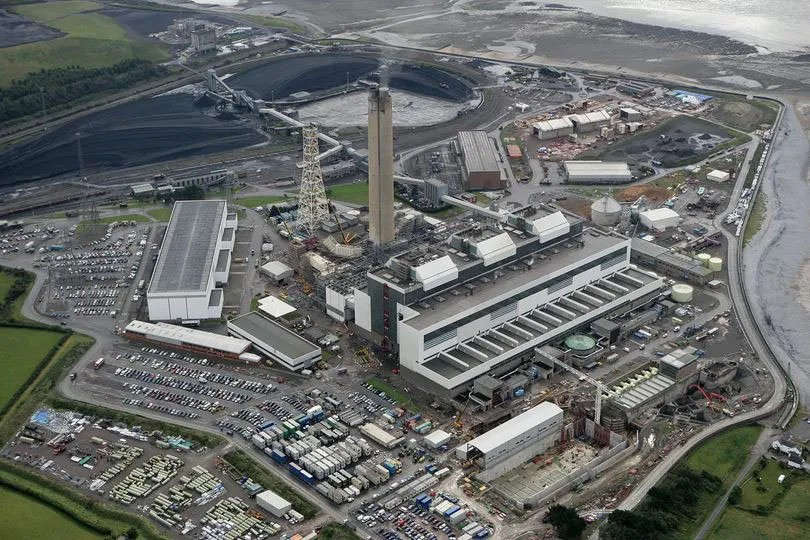
The plan is for the pulverised fuel ash (PFA) to be removed and re-used in the cement and plastics industries.
Things like the extent and depth of excavations and the precise method of recovering and transporting the ash are yet to be decided.
Many residents in nearby villages said they can remember when ash from the site would blow over and cover their homes in dust when the power station was in operation. Their main concern is that clouds of ash could again affect their properties when the mound is disturbed.
Demolition company Erith was awarded a £30m contract to demolish the power station, however, losing bidders Brown and Mason Group lodged a successful legal challenge over the awarding of the contract.
The city region abandoned its defence and settled with the company at the cost of £5.25m.




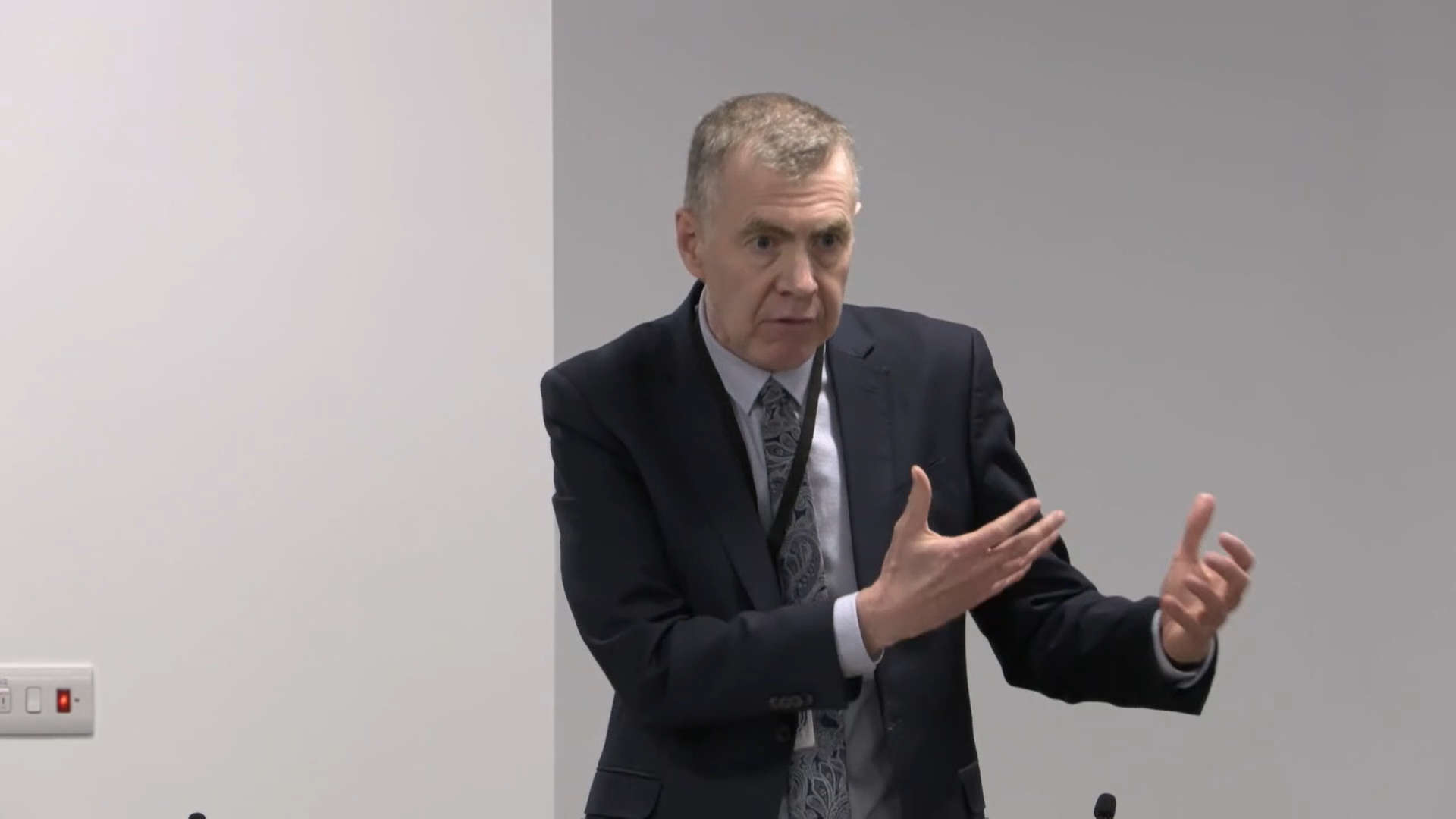 Debate over single Welsh police force reignited
Debate over single Welsh police force reignited
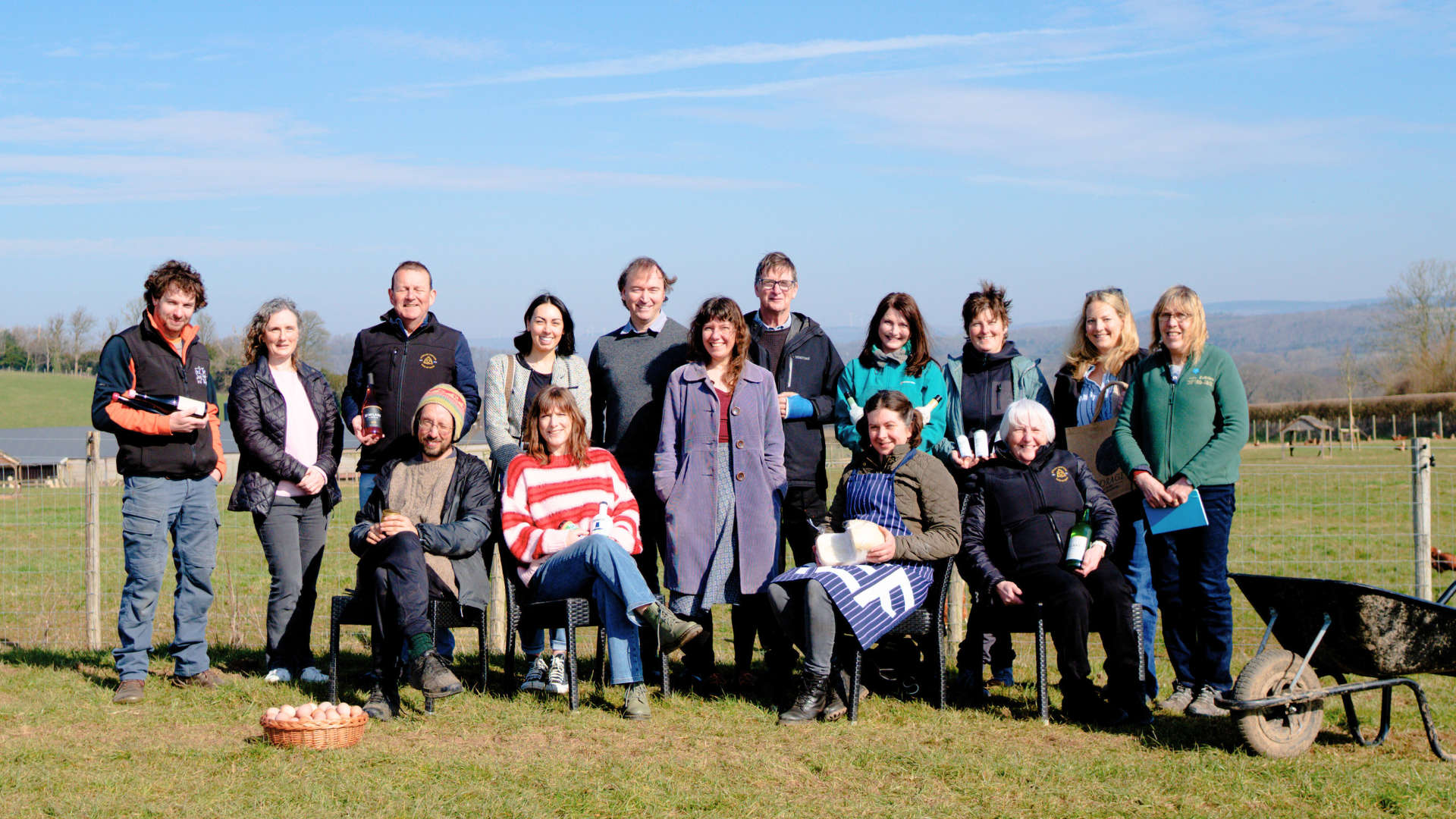 New five-year food strategy launched
New five-year food strategy launched
 £20 million regeneration Plan submitted to the UK Government
£20 million regeneration Plan submitted to the UK Government
 Popular Barry Island Chippy announces its closure
Popular Barry Island Chippy announces its closure
 Missing Penarth man found after appeal
Missing Penarth man found after appeal
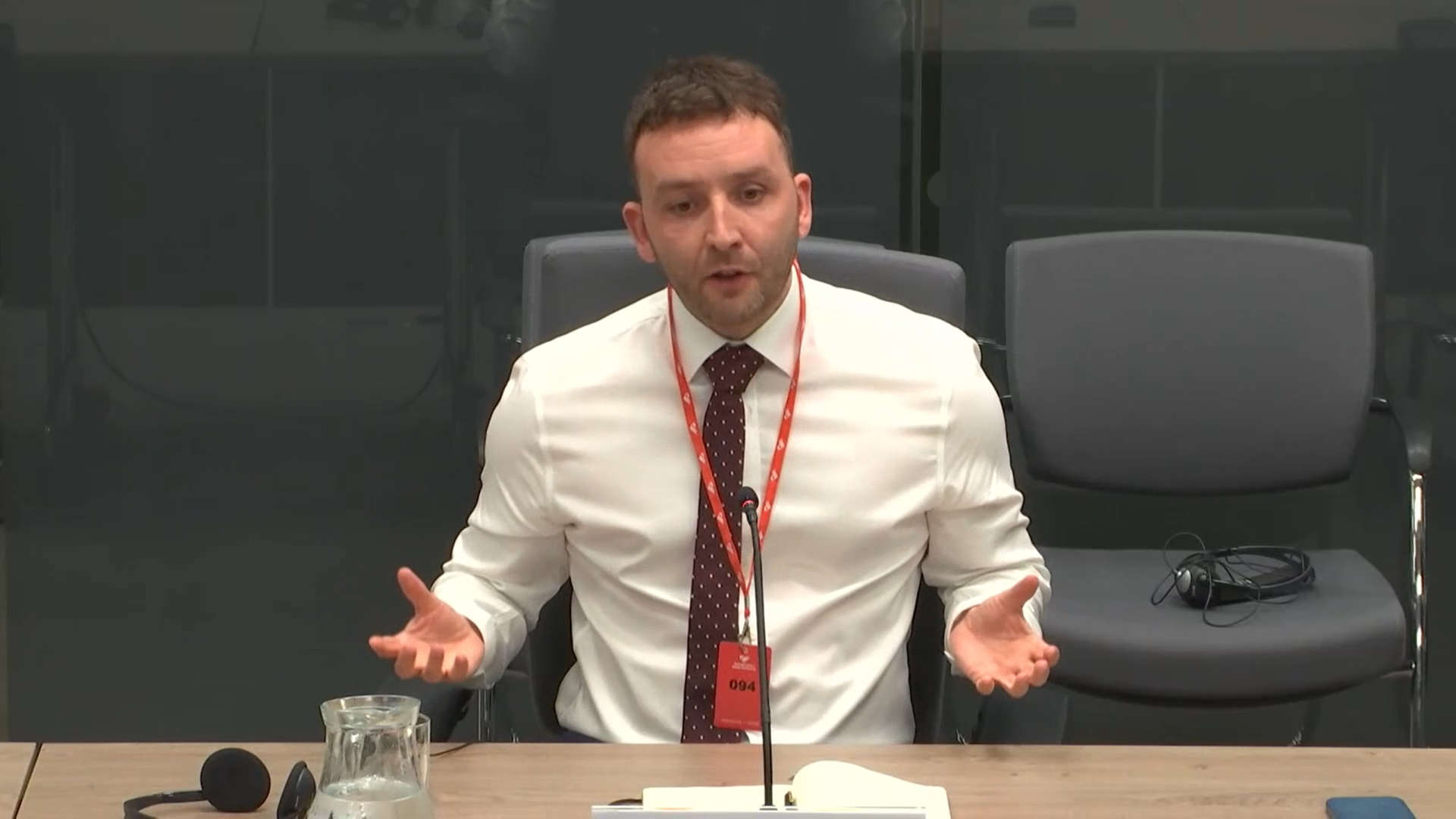 Parc prison expansion plan ''ill-judged''
Parc prison expansion plan ''ill-judged''
 Panto stars drop in at Penarth hospice
Panto stars drop in at Penarth hospice
 Ruth and Steve go training with the RNLI
Ruth and Steve go training with the RNLI
 New trains coming to Vale line in 2026
New trains coming to Vale line in 2026
 Council approves next step in Crossrail scheme
Council approves next step in Crossrail scheme
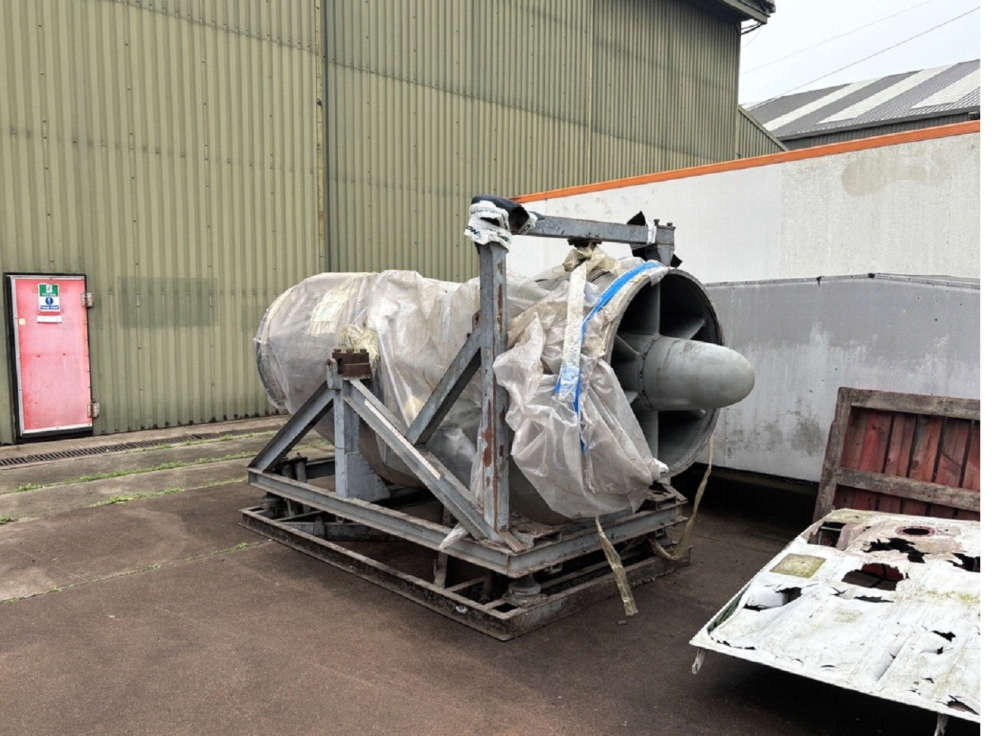 Aberthaw turbine donated to aviation museum
Aberthaw turbine donated to aviation museum
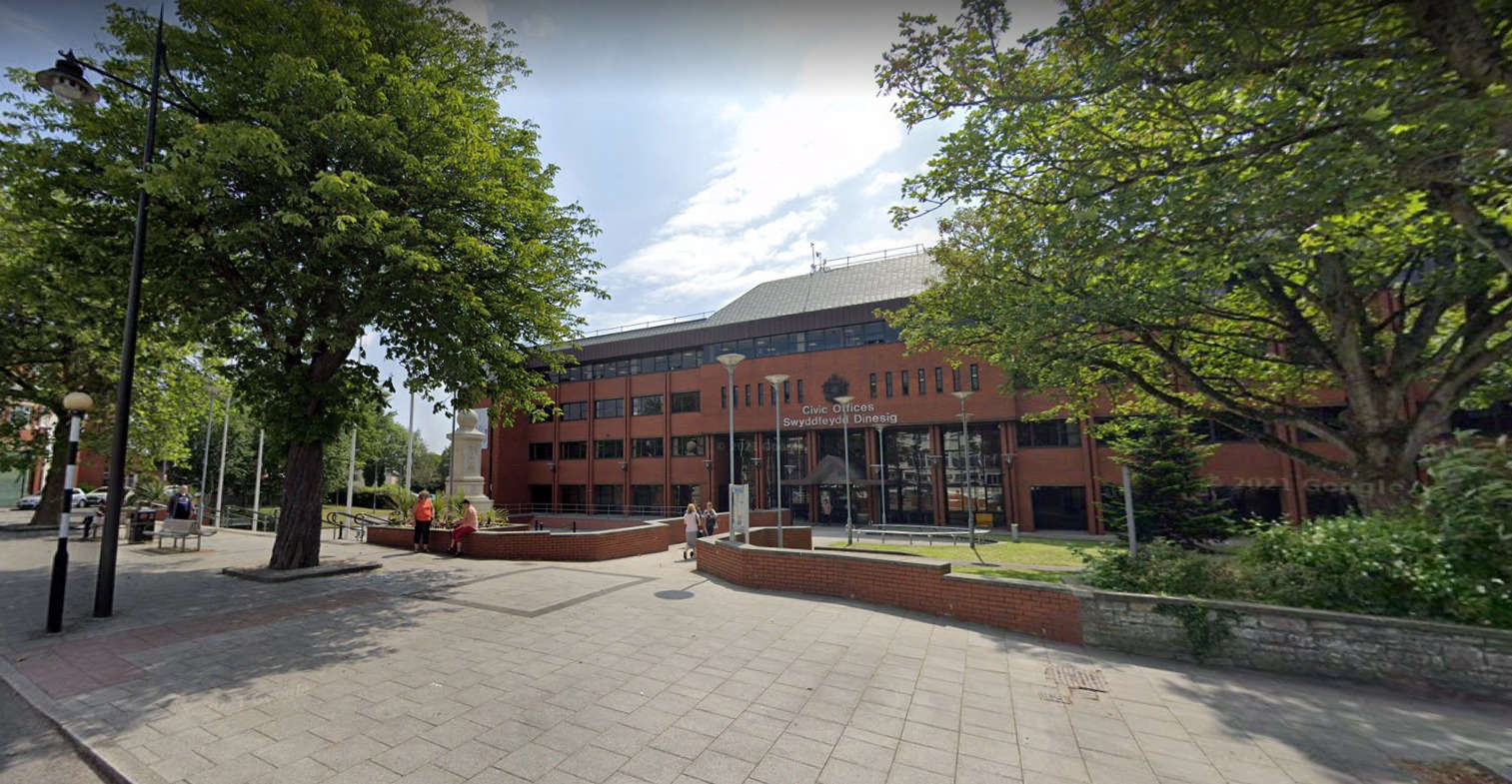 Council publishes 2025 self-assessment
Council publishes 2025 self-assessment
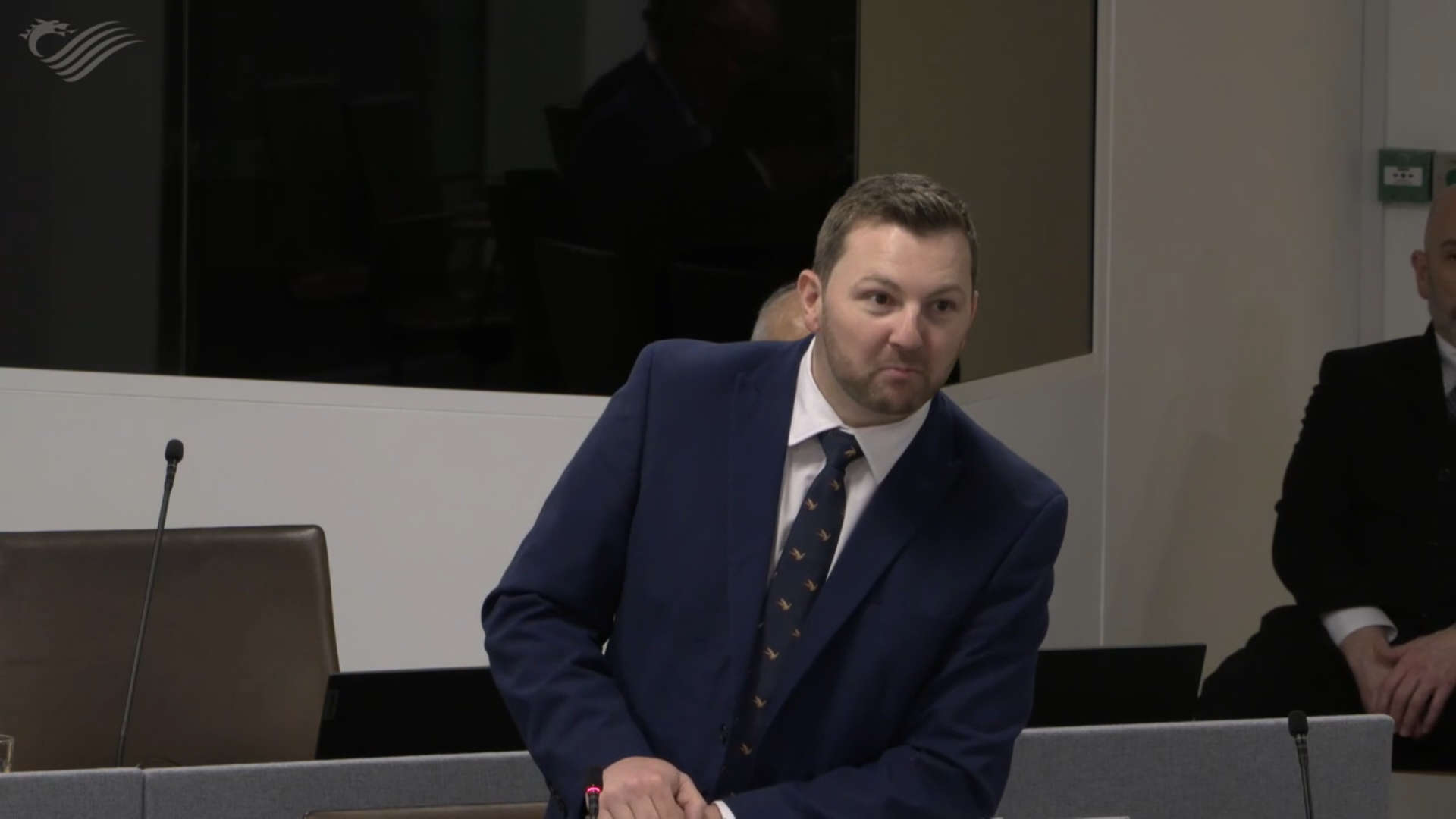 Calls to ‘eliminate’ small business rates rejected
Calls to ‘eliminate’ small business rates rejected
 Lifeboat crew commended after complex rescue
Lifeboat crew commended after complex rescue
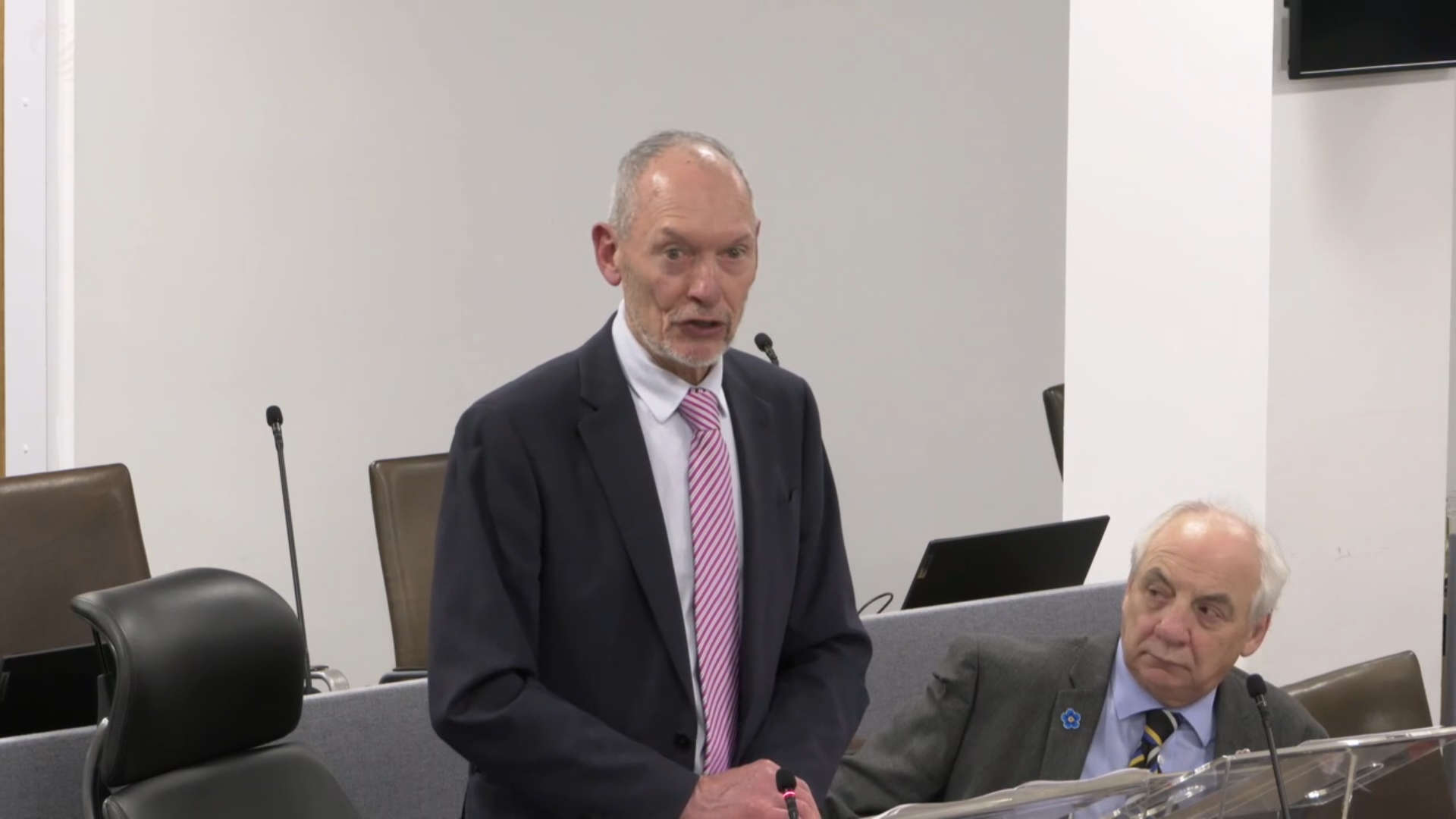 Cladding repairs 'nowhere near acceptable pace'
Cladding repairs 'nowhere near acceptable pace'
 More council cash in budget deal
More council cash in budget deal
 Council boss joins CCR Energy
Council boss joins CCR Energy










